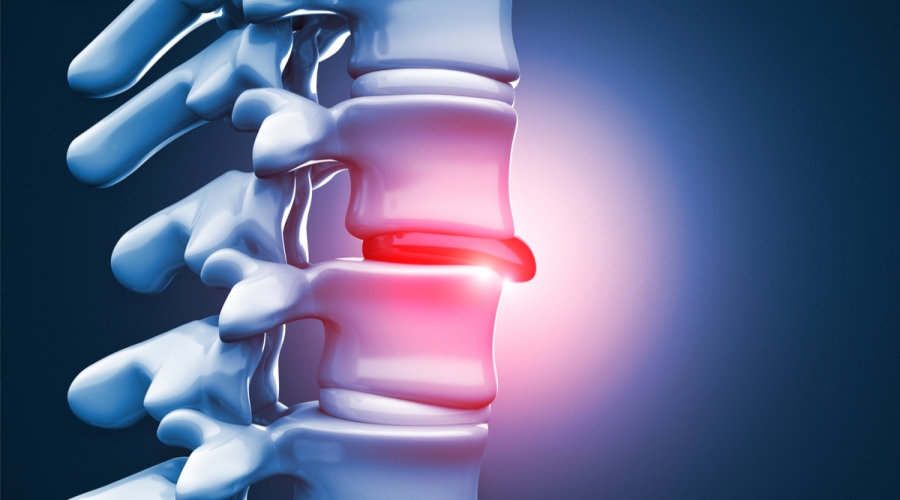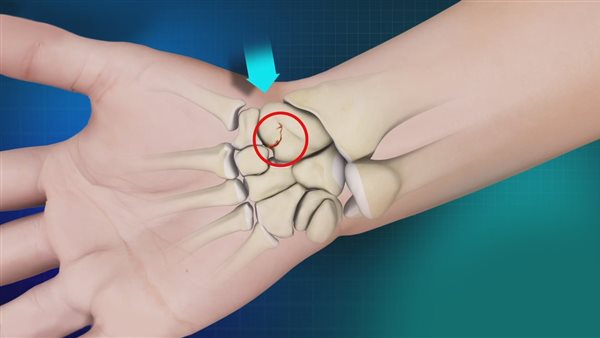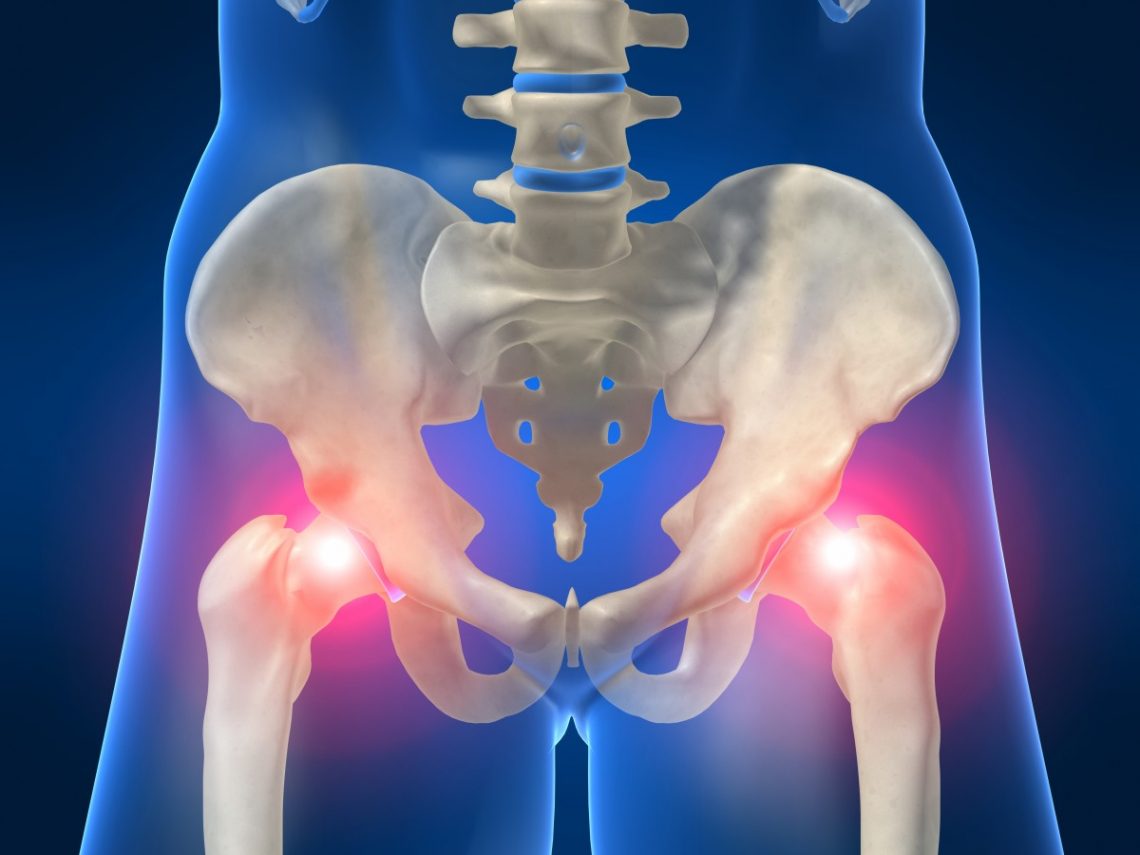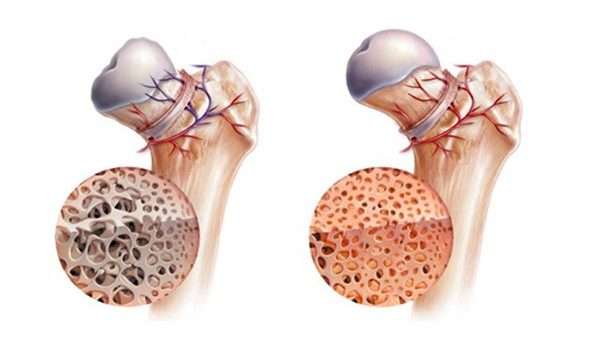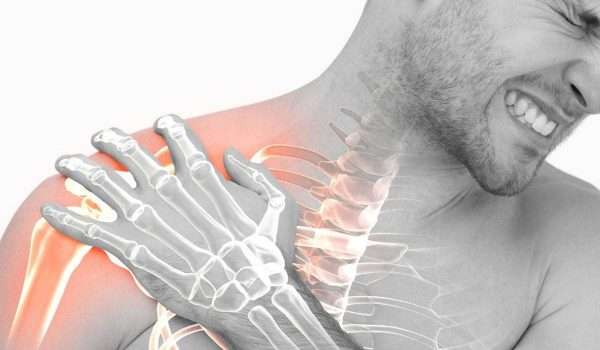The normal percentage of rheumatoid
Have you ever wondered about the normal percentage of rheumatoid in the human body? And when is the situation dangerous and requires immediate surgical intervention? And what medications might doctors prescribe for rheumatoid patients? You can learn the answers to these questions and much more by reading the following article.
The normal proportion of rheumatoid
The normal rheumatoid ratio is less than 14 international units/ml, and this is considered an indication of a negative result of rheumatoid, but if the ratio is equal to 14 international units/ml or higher, then in that case the result is positive and not normal at all.
How is the natural rheumatoid ratio measured?
There are two methods used by doctors in order to identify the rate of rheumatoid arthritis in an individual and whether it is normal or not, namely:
- Agglutination tests.
This test is performed by drawing a blood sample from the infected person and mixing it with some small rubber granules that are covered with antibodies, and if these granules stick together, this indicates that rheumatoid in the blood has a large and abnormal percentage.
- Nephelometry test.
The blood sample to be examined is taken and mixed well with the rubber bodies that are covered with anti-material and cause blood to clump if it contains a high percentage of rheumatoid, then the laser is turned on on this mixture, and the higher the rheumatoid percentage in the blood, the greater the clump and prevent the passage of light through it.
What is the treatment for rheumatoid arthritis?
Until now, doctors have not reached a complete cure for rheumatoid arthritis, but the medications recommended by doctors are taken to calm the infections and prevent serious exacerbation of the disease.
There are some cases of rheumatoid disease that can be treated with some medications, while others may require surgical intervention, and here are the details about each:
Pharmaceutical
They are taken to relieve pain and inflammation, in addition to the fact that some of them work to reduce the damage resulting from rheumatoid arthritis, for example:
- Non-steroidal medications prevent infections from getting worse.
- Corticosteroids, such as Prednisone, reduce pain and inflammation and prevent joint erosion.
- Antirheumatic drugs change the course of the disease.
- Anti-tumor necrosis factor-alpha is a type of protein that is secreted by the immune system to the body or within a protein cell, and if it is secreted in excess amounts than normal, it causes rheumatoid arthritis.
- An IL-receptor antagonist (similar to a substance secreted by the human body), IL-receptor antagonist (blocks triggers that cause inflammation)
- Abatacept works by disabling a type of white blood cell that greatly increases rheumatoid arthritis and causes severe damage.
Surgery
In some advanced cases that require surgical intervention to alleviate the severity of rheumatoid arthritis, an example of these operations:
- Total joint replacement.
- tendon repair.
- Synovial membrane removal.
Rheumatoid disease causes and treatment
Causes of rheumatoid disease
- Having a major problem with the immune system.
- Rheumatoid arthritis affects females more than males.
- Aging is one of the main causes of rheumatoid arthritis.
- Hereditary genes.
- Smoking.
- Overweight.
- Exposure to a bacterial or viral infection.
Rheumatoid treatment
- Antibiotics and penicillin are very important to eliminate the bacteria that cause infections, and the antibiotic is taken orally at a dose of 250 milligrams every 6 hours, or 500 grams every 12 hours.
- Aspirin is taken daily, at a dose of 3 grams, to be divided throughout the day. When rheumatoid fever occurs, 80 milligrams are taken in four equal doses. After two weeks, the dose is reduced to 60 milligrams.
- Cortisone is taken in order to reduce inflammation and reduce serious disease complications over time on both joints and tissues, and the dose is taken between 60 to 120 milligrams divided into four times.
- Ginger reduces rheumatoid symptoms and reduces inflammation.
- Willow leaves are used either by chewing or boiling two tablespoons of them and taken twice a day.
- Drinking grapefruit juice daily reduces inflammation and reduces pain.
- Camphor is used by adding one tablespoon to a cup of hot coconut oil, and the mixture is placed on the joints where the pain is present with a massage.
Is rheumatoid a chronic disease?
Rheumatoid arthritis is a chronic disease because it not only attacks the joints, but with time things may escalate and reach the point of attacking other healthy parts of the body such as the heart, lungs, eyes, and blood vessels, and for this reason, it is preferable to start receiving treatment early in order to avoid severe risks for it in the long term.
Diet for rheumatoid patients
Rheumatoid patients, their diet should contain many elements that significantly reduce symptoms and inflammation, and here are some of them:
- Omega-3 fatty acids: which are found in a large percentage of salmon, tuna, and mackerel, in addition to the fact that they contain vitamin D, which works to relieve symptoms.
- Dark vegetables: such as spinach and broccoli, which work great to calm symptoms and inflammation, in addition to containing vitamin C, which contributes to the production of collagen, which works to form cartilage.
- Nuts: They contain fiber, zinc, magnesium, and omega-3 acids that work to maintain heart health significantly and reduce inflammation, such as walnuts, almonds, and peanuts.
- Berries: There are many types of fruits that are antioxidants and reduce inflammation, but berries have great power in fighting infections because they contain anthocyanins.
- Garlic and onions: contain chemicals that calm inflammation and relieve joint pain in rheumatic patients.
- Olive oil and canola oil: they contain equal amounts of omega-3 and omega-6 fatty acids, in addition to the fact that olive oil is of great importance in maintaining heart health because it contains oleocanthal.
- Ginger and Turmeric: They play a big role in Chinese and Indian cuisine, as well as being very important because they contain chemicals that calm inflammation.
Food prohibited for rheumatoid patients
- Grilled and fried meat: Eating them raises the level of the final products of the process of linking sugar to protein or advanced fatty molecules (AGES) in the blood, and this causes an increase in inflammation and causes symptoms of rheumatism.
- Omega-6 fatty acids: their danger is because they cause unhealthy weight gain, for example, corn oil, sunflower oil, soybeans, and some foods such as cake and biscuits.
- Foods rich in sugar: they increase the secretion of cytokines that cause inflammation to increase dramatically, such as pastries, juices, and soft drinks.
- Hydrogenated oils: because they increase the percentage of bad cholesterol that stimulates inflammation, and this is found in fried meals in restaurants and industrial margarine.
- Monosodium glutamate (MSG): It is a flavor enhancer and is popular in Asian food and some products in the market. It is mentioned on the back of labels and should be avoided because it greatly increases pain and inflammation.
- White suppression products: These contain the protein gluten, which triggers inflammation, such as pasta and bread.
- Tomatoes: It increases uric acid in the blood, which causes an increase in gout symptoms, which causes inflammation in the joints in certain areas such as the toes and hands.
The difference between positive and negative rheumatoid
There are many differences between positive and negative rheumatoid arthritis, and we will get to know each of them in the following lines:
positive rheumatoid
It is the type that appears very clearly in the examinations and analyzes that are conducted in order to detect it, where the anti-CCP analysis is positive, and this indicates the presence of some antibodies that stimulate cell attacks on healthy parts.
Also, the analysis of rheumatoid factor (RF) appears positive, and this type is considered the most dangerous of all if it is not dealt with well and receives appropriate treatment from the beginning, and the matter may escalate until it reaches other organs such as the heart and lungs, and in that case, it is known as rheumatoid heart.
rheumatoid negative (hidden)
This type does not appear in the analyzes at all but gives negative results, and this type is not widely spread like the positive one, and its symptoms are not violent, and its presence is inferred from some signs and symptoms and not through examinations, and this is the reason why it is called hidden rheumatoid.

